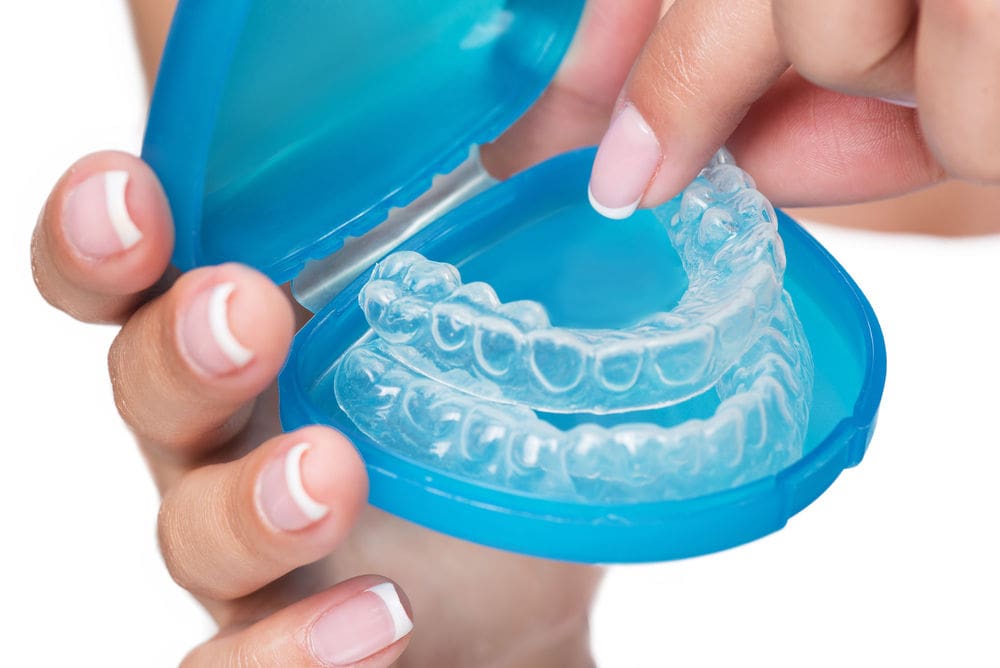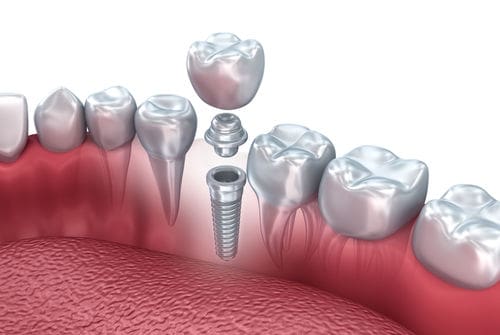Before receiving dental crowns, Manassas patients have often had a tooth filled due to tooth decay or fractures. Fillings are used to even out tooth surfaces and enhance jaw function for proper biting and chewing. Dental fillings also reduce tooth sensitivity when caused by a loss of tooth enamel. A dental crown can be used to further strengthen a tooth after it has received a filling.
Fillings: First Steps
The first step in receiving a filling is an inspection of your tooth by your dentist to determine the most appropriate course of action. Fillings are often used for minor decay and fractures. If the problem is more serious, a dental crown may be needed.
Your dentist will use a dental probe and x-rays to look more deeply into a decayed tooth. Armed with this information, they can then develop a treatment plan for your individual needs.
Your dentist will also need to determine the best filling material so that the cavity can be filled and sealed, preventing further damage to your tooth. Some materials commonly used in fillings are amalgam, gold, composite bonding and porcelain. The determination of appropriate materials depends upon factors like cavity location, your medical history, and personal preference.
The Procedure
Your dentist will begin by delivering a local anesthetic so that your tooth is completely numb and you are completely comfortable during the procedure. Next, they will remove damaged tooth structure and fill the cavity using the selected filling material.
Dental Crowns
A dental crown can be utilized to completely conceal a damaged tooth and protect it. In addition to strengthening such a tooth, dental crowns can help enhance its aesthetics, alignment or shape. Crowns are also commonly used on top of dental implants, providing a tooth-like shape for proper functioning.
Some instances in which you may need a dental crown include:
• Replacement of a filling when there is insufficient tooth structure remaining
• Preventing a tooth fracture
• Restoring an already fractured tooth
• For the attachment of a bridge
• For covering a dental implant
The Dental Crown Procedure
Before the placement of your new dental crown, your dentist will need to reduce your tooth in size to allow for proper fitting. They will then form an impression of the tooth, allowing for the creation of a mold to create your crown.
A dental laboratory will then construct your new dental crown using the material specified by your dentist. A temporary crown can be placed while you’re waiting for your new one. Once your permanent crown is ready for placement, the temporary one is removed and a new one will be cemented into place.
Caring for Fillings and Crowns
Although fillings and crowns are durable structures, they can still come loose or fall out. The best way to prevent this from happening is to maintain proper oral hygiene habits so that there is no damage to underlying gum tissue and bone. You should also avoid biting down on hard objects like ice and hard foods.
Learn More
Contact Liberia Dental Care to learn more about dental crowns and fillings. We happily accept new patients. Call 703-260-1200 or request an appointment online.









